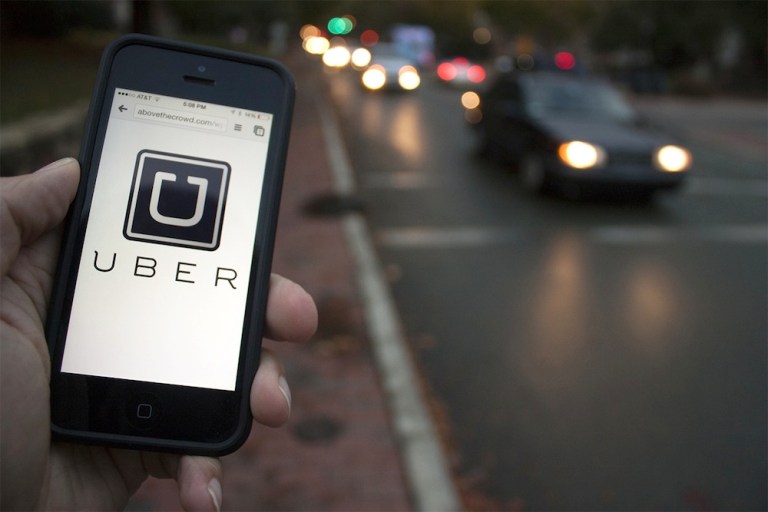
For most New Yorkers, the subway is an everyday part of life and their main form of transportation. While that holds true for the workweek, for the first time since 2009, annual weekend ridership declined by about 3 percent.
According to The New York Times, there are more than six million riders on some weekdays as New Yorkers endure the dreaded commute to and from work; yet some are keeping their distance on the weekends.
Sources believe train delays and weekend maintenance have played a role in the decline in riders, but there’s also another factor: the Uber effect. More New Yorkers are using ridesharing apps to get around town over the weekends. And while the MTA doesn’t seem concerned, others worry that the rise of Uber and Lyft can make traffic conditions in the city even worse.
“The secret to success in New York City over the last 20 years is the transit system’s ability to absorb the growth in travel from population and economic growth,” said Bruce Schaller, a former senior official at the city’s Transportation Department. “If all that growth translated into more use of private cars or taxis and Ubers, it’s not a sustainable way to grow the city.”
Schaller’s latest traffic study found that the use of ridesharing apps in New York tripled to about 16 million passengers in October 2016, a huge increase from about five million in June 2015.
And it’s not just the apps that are booming, consumers are searching for all kinds of ways to avoid the trains. Citi Bike had a record-setting 14 million trips in 2016, four million more trips than the previous year.
Many New Yorkers said they try to avoid the subway during the weekends because of maintenance delays and cancellations, as well as a desire to avoid crowds and dirty trains.
These stats came after Governor Andrew Cuomo cut $65 million in state aid to the transportation authority in his executive budget. Bus ridership is also down, with weekday ridership falling about 1.6 percent in 2016 to just under 2 million riders, while weekend ridership dropped about 4 percent last year to under 2.2 million riders.